Small metallurgy during the “Great Leap Forward”: more questions than answers
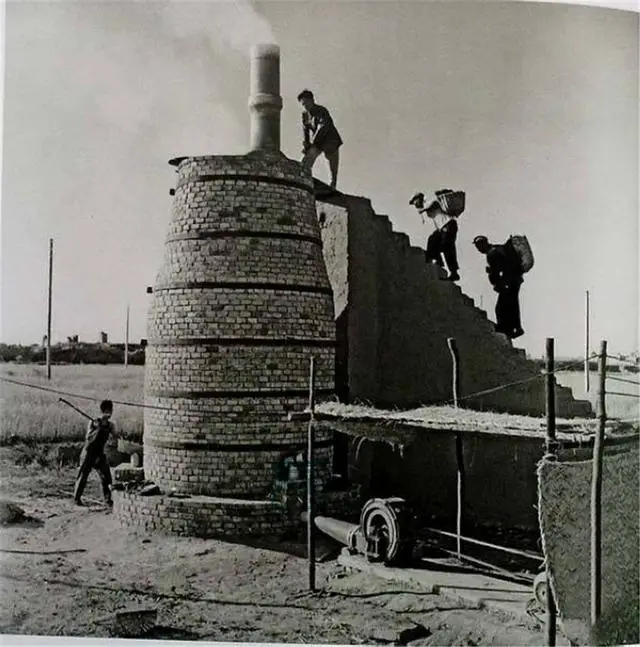
A blast furnace in Shizuishan, Ningxia Hui Autonomous Region in 1958. It doesn’t look like a completely homemade oven. Mechanically driven blower clearly visible
History The mysterious “march for steel” that unfolded in China since the fall of 1958 as part of the “Great Leap Forward” has interested me for a long time and thoroughly. All sorts of liberal publications sometimes write about this epic, along the way talking about the “horrors of communism”, and they write in almost the same words, as about some ill-conceived and failed program. They say that Mao Zedong forced the Chinese to smelt steel in primitive furnaces in order to catch up and overtake Great Britain, but nothing good came of it.
Since I began to study the history of Stalinist industrialization, in which ferrous metallurgy occupied an honorable place, I can no longer read such stories without grinning. With the imposing arrogance of people who know everything and understand everything, the authors of such works wrote about the smelting of steel in primitive furnaces, apparently without even realizing that steel could not be obtained in this way. Cheese furnaces in all variations produce only iron, blast furnaces produce only cast iron. It is simply amazing with what aplomb people can sometimes assert fables.
The experience of studying the history of Stalin's industrialization suggested that in such campaigns there was a certain economic and technical background, which determined the use of such methods.
In general, I came to the point of unwinding this whole story to the end, even if it would require turning over the Chinese sources. This will take time and effort, but now some preliminary results.
Article by Luo Pinghan
The conspicuous uniformity, even repetition of phrases, of all kinds of Westerners, liberals and critics of Chinese communism, as well as their conviction and aplomb, in general were not particularly surprising. This happens in ideological struggle and propaganda.
But recently I found a source of a completely different kind. This was an article by Luo Pinghan, dean of the Institute for the Study of History of the Chinese Communist Party of the Party School of the CPC Central Committee, written in 2014 - “National Steel Smelting Campaign of 1958: Blast Furnaces Across China Lost More Than They Gained” (1958年全民大炼钢铁:神州遍地高炉得不偿失). Luo Pinghan is the author of many works on the history of the CCP. Such an author definitely expresses a proven, officially approved party point of view on this event. The source, so to speak, is the most official and authoritative.
The summary of his article is as follows.
In 1957, China produced 5,35 million tons of steel; the target for 1958 was set at 6,24 million tons. In March 1958, at a working conference held by the Central Committee of the CPC, they decided to increase the target to 7,11 million tons, with the achievement of 1962–15 million tons by 17 in the second five-year plan, possibly up to 20 million tons.
In May 1958, at the 8th Congress of the CPC, Mao Zedong set the goal of overtaking Great Britain. Steel production plans were increased, mainly for the second five-year plan. In June 1958, the Ministry of Ferrous Metallurgy set a target for 1962 of 60 million tons. On June 22, Mao Zedong set a new bar - 25 million tons in 1959, and in 1958 to reach 11,5 million tons. At the end of July 1958, N.S. Khrushchev came to China, Mao promised him all this, but Khrushchev remained in doubt.
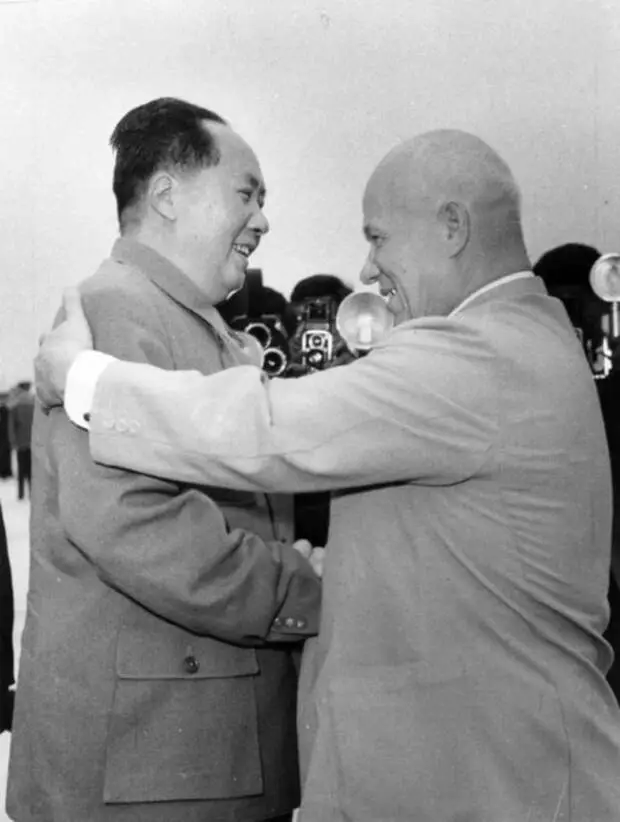
This plan already provided for the use of local metallurgy and proposed the construction of 12 small blast furnaces to smelt 694 million tons of pig iron. At the end of August 4,4, a meeting was held in Beidaihe, and then a meeting of the Politburo of the CPC Central Committee, which established a plan for 1958 of 1958 million tons, at which it was decided to carry out a mass mobilization of workers in the small metallurgy industry.
After this, plans and organizational arrangements began in different provinces. For example, in Jiangxi province, in southeast China, it was decided to build 20–25 thousand new blast furnaces in September and increase daily smelting to 10 thousand tons. In Henan province in September, 45 thousand blast furnaces were operating, 3,6 million workers were mobilized, 407 thousand vehicles were mobilized, and 18,7 thousand tons of pig iron were smelted per day.
Further - more interesting.
In October 1958, in Henan province, 5,7 million people worked in the production of iron and steel, 128 thousand furnaces of various types were blown out, and on October 29, 90,7 thousand tons of iron and 5 thousand tons of steel were smelted. Hubei Province had 184,3 thousand furnaces and smelted 16,2 thousand tons of pig iron per day.
But these are not yet the most powerful achievements.
On October 15, the Huangjian Maonan Autonomous County of the Guangxi Zhuang Autonomous Region in southern China produced 63,3 thousand tons of cast iron and 51,8 thousand tons of cast iron. In one day, the county smelted more than the entire Guangxi County from 1849 to 1949. But another county of the same district, Luzhai, set an all-Chinese record on October 18, 1958 - 207,2 thousand tons of cast iron and 288,1 thousand tons of cast iron.
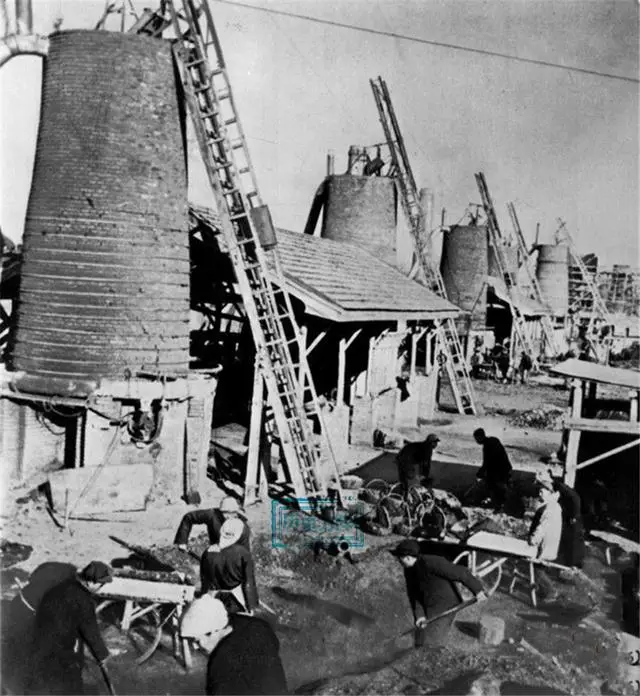
Some of the centers of Chinese small-scale metallurgy turned into entire factories in scale. The one in the photo was clearly superior in power to, for example, the Verkhnetagil plant founded by Nikita Demidov
For comparison: in July 1958, the Chinese iron and steel industry produced 700 thousand tons of steel, or approximately 23,3 thousand tons per day.
The mobilization of the people for the production of cast iron was more than impressive. As Comrade writes. Pinghan, at the end of 1958, about 90 million people worked in this area, despite the fact that the number of working people in China then amounted to 266 million people. This army of workers serviced about 600 thousand metallurgical furnaces of various types.
According to the report of the Ministry of Ferrous Metallurgy of the People's Republic of China, as of December 19, 1958, 10,73 million tons of steel were smelted.
What's not in the article?
Comrade Luo Pinghan, of course, did not spoil the furrow. He outlined, albeit briefly, the decision-making process, the general course of the campaign, the main results, and provided quotes and figures. But at the end of his article, he suddenly went straight to the position of the Westerners-subverters: the cost of metal from small furnaces turned out to be three times more expensive than in metallurgical plants (250–300 yuan versus 85–116 yuan), the quality of the metal was low, and the transfer of such a significant amount workers in metallurgy led, in his opinion, to famine. And this is amazing.
Why are Western critics and the official historian of the Chinese Communist Party blowing the same trumpet? And what is the interest of the CPC Central Committee in tarring themselves?
It is also noteworthy that Comrade. Luo Pinghan turned out to be a renowned forger who did his work very carefully and in an impressive manner for people unfamiliar with metallurgical production.
Firstly, it has no general statistics. So exactly how much metal was smelted in small-scale metallurgy and what was its share in the total smelting in 1958? In addition, three products are mentioned: cast iron, steel and cast iron. The author provides some statistics for some provinces, but does not provide general figures. But what stopped him from giving him the table?
Secondly, what was the territorial distribution of small metallurgy? Although Comrade Luo Pinghan insists that stoves were everywhere, and from his story it turns out that there were places of powerful concentration, like the Guangxi Zhuang Autonomous Region. This circumstance already seriously changes the whole matter, since for such a large-scale smelting as in this district, it was necessary to have powerful sources of easily accessible iron ore and coal.
Thirdly, what was the composition of small-scale metallurgy equipment and the distribution of furnaces by type? How many blast furnaces were there that smelted pig iron, how many steel smelting furnaces and converters were there (these are mentioned), how many cheese furnaces and furnaces were there. Well, how was smelting distributed among these types? This would make it possible to assess the technical level of small-scale metallurgy.
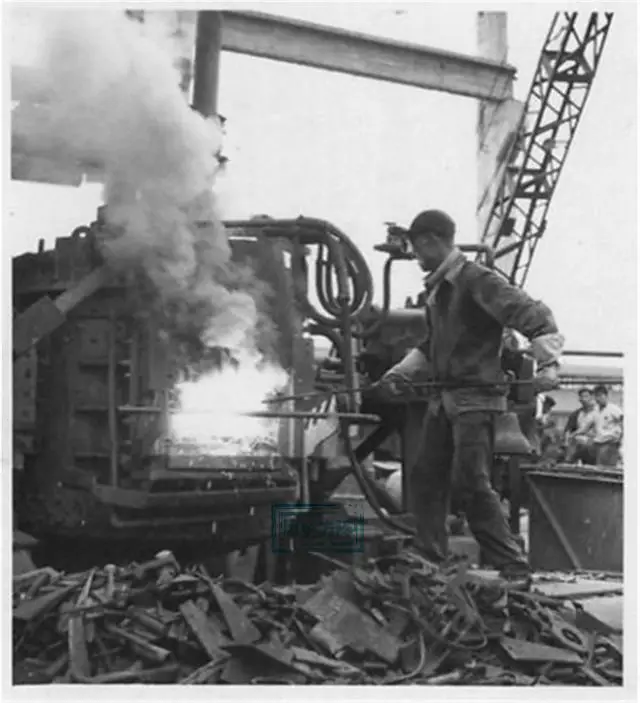
Among the homemade products from the 1958 steel campaign was, for example, an electric arc furnace. Xi'an, Shaanxi Province.
Fourthly, what exactly was the resulting metal used for, how was it processed and what products were made from it? It should be noted here that the cast-iron plow is as traditional a thing for the Chinese peasant as a plow is for the Russian peasant. Already in the 40th century BC, about XNUMX types of cast iron agricultural implements were produced in China. If the metal smelted by small-scale metallurgy was used for agricultural implements, then it would be useful to provide data.
In general, the distribution of the resulting metal is the key to understanding the essence of the entire program. But Comrade Luo Pinghan did not want to give us this key, most likely on the direct instructions of the management.
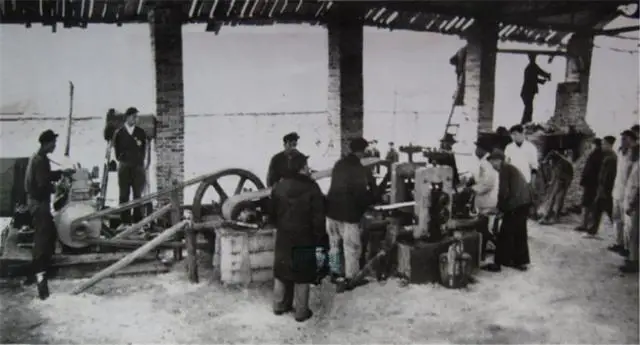
The photographs preserved more than historians reported. Here at a factory in Shangcheng, Henan Province, strip iron is rolled on a small rolling mill.
Finally, fifthly, how and when did this whole epic end? This is an interesting question, because there is evidence that the Chinese small metallurgy did not end with the Great Leap Forward era. I came across references that in Yongzhou, Hunan Province in southeast China, in 2018, local authorities tried to destroy... illegal small blast furnaces.
People live! They melt iron in illegal blast furnaces! We would like such zeal for production.
Without the listed data, the history of small-scale metallurgy in the era of the “Great Leap Forward” turns out to be a story without beginning and end, without analysis, in the format of fooling the gullible public.
So far, this story has more questions than answers.
But I have a feeling that there was a “Background” (with a capital B), which forced the leadership of the Communist Party of China to grossly falsify this page of its history, to give a powerful propaganda thesis without knocking it out of the hands of all kinds of critics.
Information